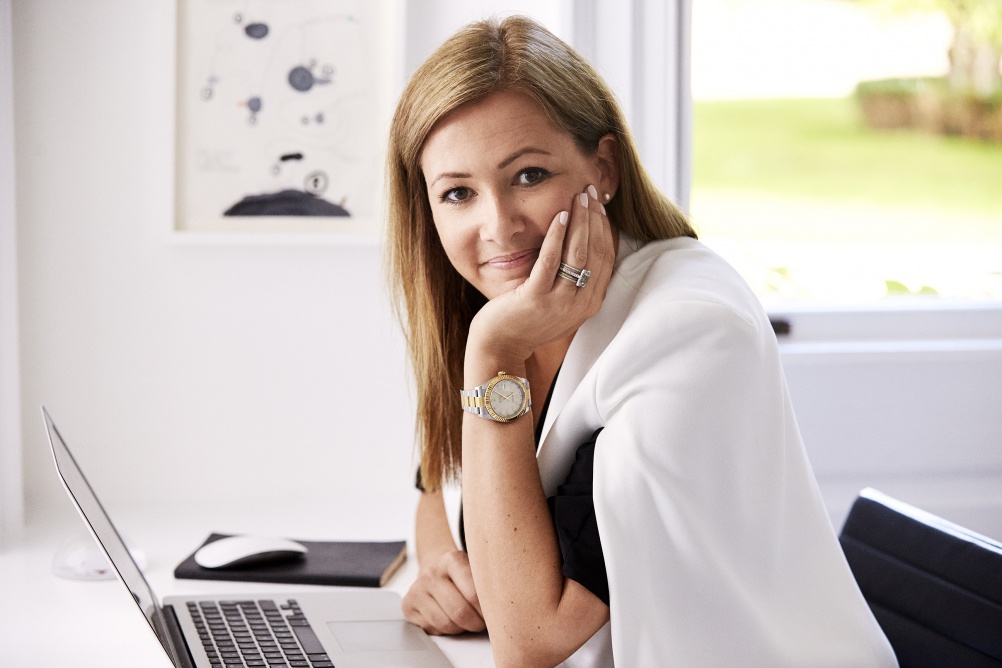What stops women from becoming leaders of design?
This week, Kerning The Gap – an industry body which aims to put more women in design leadership roles – launches. We ask designers what challenges they think women face in getting to top positions in design.

“I think the challenges in design are similar to those in other sectors, the biggest being self-belief. Women are just as capable, hard-working and talented – but sadly they don’t always recognise this in themselves. Success, however it is judged or achieved, is in a large part down to how much you want it, how much you think you deserve it and how much you are prepared to risk to achieve it. Women are usually far too generous to put their own ambitions and desires first!
Women need positive role models, they need to see that they can lead business on their own terms and that having confidence in their own abilities is key. Kerning the Gap sounds like a great initiative.”

“While this issue is common across many industries – what’s interesting in design is that we have so many women but such a small percentage are in leadership roles (3% in 2012, based on statistics in the US).
Alongside factors like childcare and lack of support for women’s ambitions, one of the main problems is an outdated image of leadership. All too often this is restricted to traits we associate with men, and applaud them for, but dislike or discourage in women. There is a big disparity.
Together we need to reassess the criteria around leadership, while recognising women’s achievements. Only when equality is considered the whole company’s issue, not a ‘women’s issue’, will we achieve it.”

“Well, we certainly do have a problem. Statistics fresh from our 2015 Design Economy research (headlines currently available, with full report being launched 22 October) show the full extent of the challenge: 78.4% of the total design workforce is male, 21.6% female. Within this total, only 5.4% of the workforce in product and industrial design are women, while 82.5% of workers in architecture and built environment are male. Indeed, the only subsectors with more women than men are ‘fashion and textiles’ (68%), and ‘multidisciplinary’ (62%). It’s no wonder there aren’t more female leaders with this level of imbalance.
There are a number of challenges, but they begin in childhood. One example is the way the internal divisions in design education reinforce old gender roles: ‘textiles’ for girls, ‘resistant materials’ for boys. Design is increasingly cross-disciplinary and agile, yet it still suffers from these 20th century hangovers. We have to change that culture which says that girls don’t design jet engines. Good designers are good designers, male or female.”

“I hadn’t registered how few agencies are run by women, so perhaps the tendency for men to lead design businesses is so ingrained as to be almost invisible.
It’s rather odd – to be effective at what we do, we need a deep understanding of people’s motivations, which fits neatly into the female nurturer characteristic. But the industry can be ‘no guts, no glory’ – traditionally alpha male, hunter-gatherer territory.
Graduates with industry experience are in a far stronger position at the start of their careers. Yet most of Spring’s design interns are male, even though a far larger proportion of design students are female. So does it all start with the fact that female designers aren’t getting in touch with agencies in pursuit of internships?
Jumping to board level, it may be that there are fewer women because of this disparity at the start. But I think it also comes down to the fact that this is often a personality business. Heading an agency can be incompatible with home life, because the agency’s staff and clients need you to be on projects, fully involved, as well as setting the business’ own direction. It’s a lot to ask of people with family responsibilities.”
Discover more:
-
Post a comment




